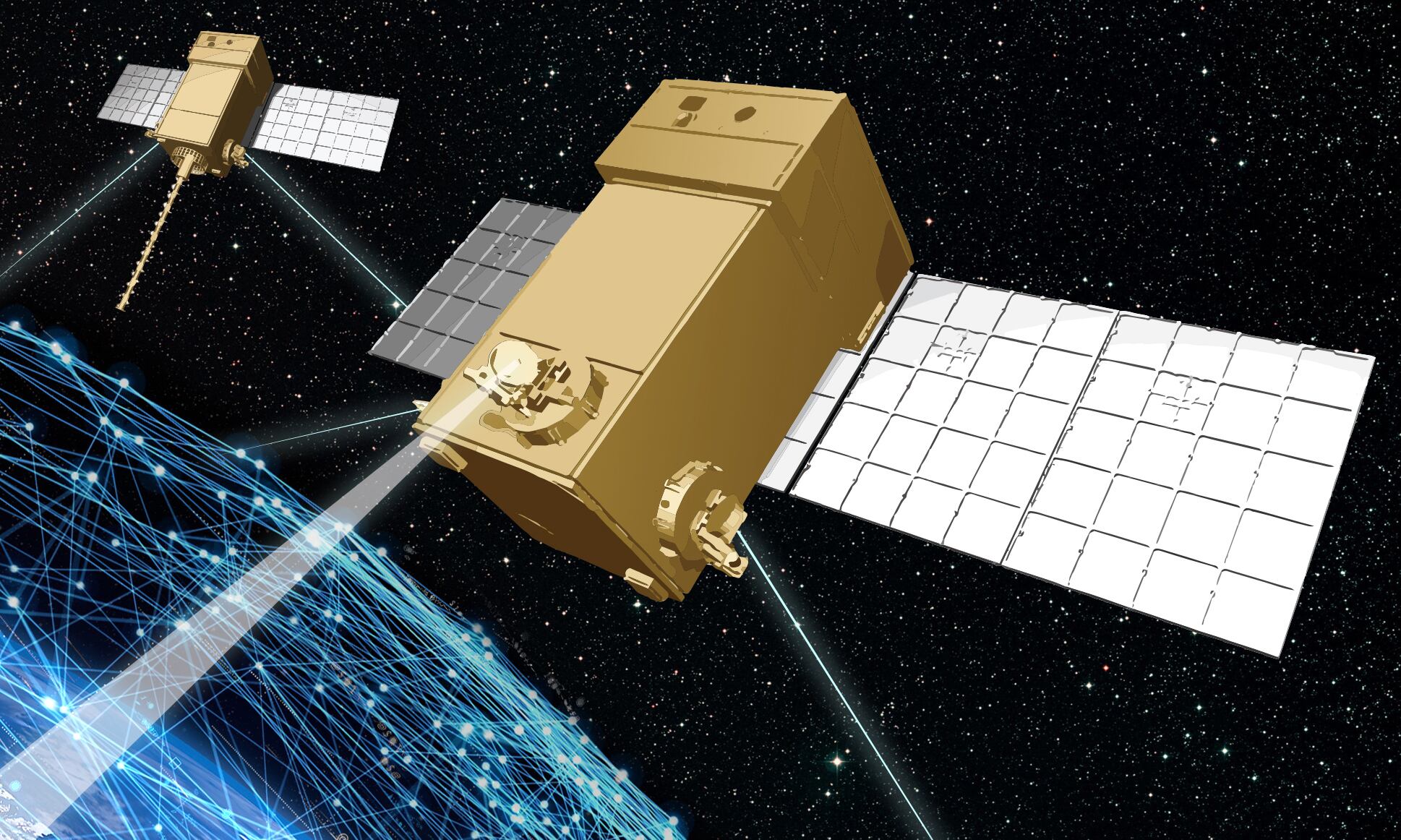WASHINGTON — U.S. lawmakers are pushing for more money to support the Pentagon’s Joint All-Domain Command and Control endeavor and the creation of a related headquarters in the Indo-Pacific, as well as for critical technology including microelectronics and hypersonics.
The provisions were included in the Senate Armed Services Committee’s version of the fiscal year 2023 defense policy bill, according to a 30-page summary released June 16.
The legislation, sporting an $847 billion top line, recommends an additional $245 million for JADC2, the Department of Defense vision for unrestrained communications and rapid data sharing across land, air, sea, space and cyber.
Exactly how much has been spent on JADC2 and its components — the Army’s Project Convergence, the Air Force’s Advanced Battle Management System and the Navy’s Project Overmatch — is unclear, as the massive effort sprawls into classified space and is not defined by a singular line item.
Members of a House cyber subcommittee this month sought an audit of JADC2 progress and price tags, as well as updates from Secretary of Defense Lloyd Austin. No overall cost estimate for JADC2 had been formulated as of mid-March, when the Pentagon issued a public strategy for the initiative.
The Senate measure further calls for the “establishment of a Joint Force Headquarters in U.S. Indo-Pacific Command, effects chain and mission-based command and control experimentation” and “novel kill chain development.”
The central hub for JADC2 would be due by October 2024. An implementation plan would be required prior, according to the bill, now headed to the Senate floor. The JADC2 Cross-Functional Team would remain under the purview of the Joint Chiefs of Staff J-6 director for command, control, communications, computers and cyber.
The bill also includes “significant funding increases” and reporting requirements for microelectronics, hypersonic weapons and artificial intelligence, though the summary doesn’t tally the proposed funding growth.
RELATED

Senate Armed Services Committee Chairman Jack Reed, a Rhode Island Democrat, said the legislation “provides critical support for our allies and partners in Europe and the Indo-Pacific region and addresses other persistent threats around the globe.”
It “strengthens our offensive and defensive cyber capabilities and accelerates research and development of advanced technologies like hypersonics and artificial intelligence that will give our forces critical advantages,” he said in a statement.
Supply chain focus
The executive summary highlights a proposed $70 million increase to establish a national network for microelectronics research and development activities. The bill would also direct the department to commission an independent review, led by experts in commercial microelectronics, that considers options for DoD’s use of the technology.
The Pentagon lists microelectronics as one of four supply chain focus areas, calling the technology a primary differentiator for asymmetric technology advantage over potential adversaries. Most of today’s microelectronics production capacity, assembly and testing happens outside the U.S.
The department is working to shore up the domestic microelectronics industrial base, including a “Microelectronic Commons” initiative that would establish a network of regional hubs to develop the technology and improve manufacturing processes.
Senate lawmakers included a provision in their version of the bill that would require the department to develop a government-industry working group for microelectronics to serve a resource for information on areas of “mutual interest” related to research, development and manufacturing, according to the summary.
They also want to see more investment in hypersonic testing and prototyping efforts. One provision calls for a strategy to mature reusable commercial hypersonic technology and use it for rapid prototyping. Another directs a report on how the department will use “all available tools” to reduce schedule risks on hypersonic weapon programs.
The bill would also require a briefing on the department’s testing facilities “to ensure the on-time development and fielding of hypersonic systems.”
Industry and DoD officials have said the availability and readiness of hypersonic testing infrastructure is a barrier to progress on these programs. In February, during a meeting convened by Austin to discuss hypersonic technology development, industry executives identified testing infrastructure shortfalls as a major impediment to fielding the capabilities on a faster timeline.
Cyber and more
The committee’s version of the annual policy bill would also bolster U.S. efforts to operate effectively in cyberspace and help partners abroad.
The bill recommends an additional $44 million to support Cyber Command’s hunt-forward operations and $20 million more for Army offensive cyber development.
The U.S. dispatched a hunt-forward team to Lithuania ahead of Russia’s latest invasion of Ukraine in an attempt to expose malign activity and strengthen the country’s networks. The operation lasted three months, wrapping in May.
RELATED

The Cyber National Mission Force has over the years conducted 28 hunt-forward missions in 16 countries, including Estonia, Montenegro and North Macedonia.
Such expeditions offer a “key asymmetric advantage that our adversaries don’t have,” according to Army Maj. Gen. Joe Hartman, the Cyber National Mission Force commander. “We get to find our adversaries in foreign space, before they’re able to come to America and compromise our network. And while we do that, we get to make our partners and allies safer.”
The bill also seeks a $50 million boost for AI development for CYBERCOM as well as an increase of $30 million for the Defense Advanced Research Projects Agency to apply AI and autonomy to cybersecurity and other digital challenges.
Other key stipulations in the Senate panel’s mark include:
- A strategy for fielding capabilities to counter unmanned aerial system swarms
- Establishment of a Public-Private Partnership Technology Investment Program to pilot development and transition of high-priority technologies
- Expansion of international participation in cooperative research and development projects to include entities within the National Technology Industrial Base as well as the European Union
- A $200 million boost for 5G technology development
- Unclassified plans for the transition of 5G infrastructure
- A $50 million increase for low-cost attritable aircraft technology
- An extra $85 million to develop, test, and prototype jamming protection, electronic warfare and signature measurement technology
- A requirement for the integration of offensive and defensive electronic warfare capabilities into joint training exercises
- $15 million for security enhancements for the nuclear command, control, and communications network, also known as NC3
- A requirement for a next-generation electromagnetic spectrum capability roadmap
The timing of a full Senate debate and vote on the draft defense policy bill was not immediately clear.
The House Armed Services Committee is expected to finalize its version of the annual defense bill next week. A compromise could come by the end of the summer.
Courtney Albon is C4ISRNET’s space and emerging technology reporter. She has covered the U.S. military since 2012, with a focus on the Air Force and Space Force. She has reported on some of the Defense Department’s most significant acquisition, budget and policy challenges.
Colin Demarest was a reporter at C4ISRNET, where he covered military networks, cyber and IT. Colin had previously covered the Department of Energy and its National Nuclear Security Administration — namely Cold War cleanup and nuclear weapons development — for a daily newspaper in South Carolina. Colin is also an award-winning photographer.







